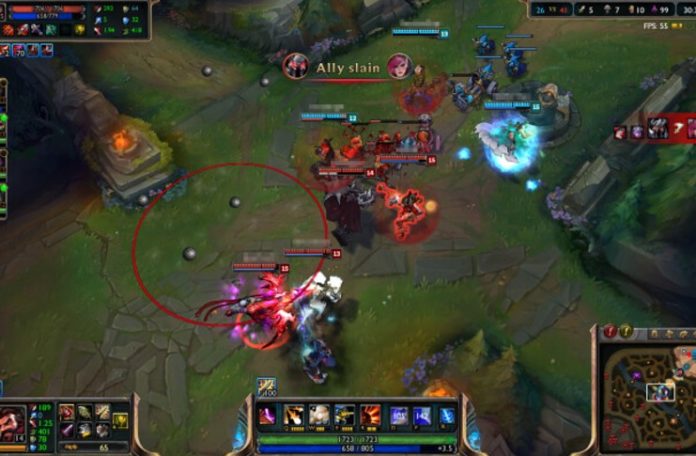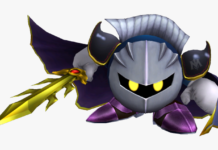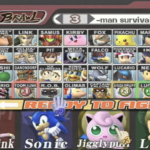If you’ve heard someone rage at something in a video game, claiming that a character or technique is “OP” or “broken,” it’s easy to laugh at them…but underneath all that salt lies a real concern.
Low-level players might not be able to accurately point out truly game-breaking or imbalanced mechanics, but that doesn’t mean they don’t exist. And it’s crucial to snuff out anything that’s broken in a competitive game to ensure it has a healthy meta.
Why Is Balance Important In Video Games?
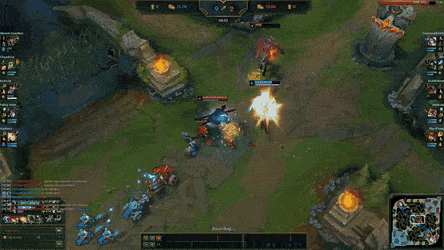
Balance is what prevents certain characters or tactics from becoming over-centralized in a game, and keeps the meta from stagnating by ensuring a relatively stable playing field across all game mechanics. There will never be perfect balance in any game—tier lists will exist and certain characters will be better than others—but it works to prevent a small percentage of characters or techniques from completely dominating the rest.
This where you’ll hear people call for “buffs” or “nerfs” to characters/moves/weapons in a game. A buff being that something should be more effective in what it’s intended to do, and a nerf being something that’s too powerful in relation to other aspects of the meta.
Why Is Over-Centralizing Bad?
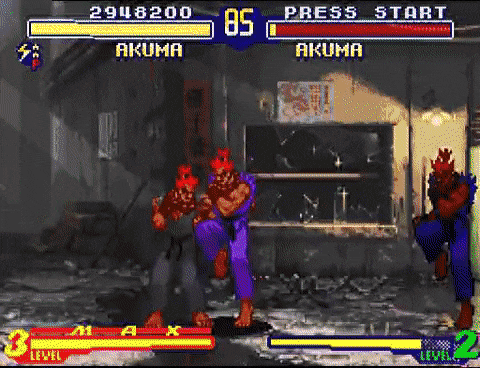
When a select few characters or aspects of the game are clearly better than the rest, there’s no reason to pick anything outside of the strongest characters and moves. When things become over-centralized in a competitive game, everything outside of the top traits of the meta becomes obsolete.
So why is that bad? Well, having something so strong that it totally negates a whole cast of characters narrows where the meta could evolve to. A classic example is Akuma in Super Street Fighter II: Turbo; he was so much better than every other character in the game that there was no practical reason to pick anyone else. This means that any high-level tournament watch would inevitably lead to Akuma Vs. Akuma, where the outcome would be whoever could pull off Akuma tech better than the other.
This would lead to a very simple demand for competition; rather than learning how to use and/or fighting against the entire cast of Super Street Fighter II: Turbo, you only realistically had to learn one character. Eventually, the meta would be “solved” (meaning no new groundbreaking developments to shake things up) and most people would’ve gotten bored and moved to a better game.
So, the fighting game community decided Akuma was worth banning from competitive play. The end result was seeing characters such as Ryu, Ken, Chun-Li, Sagat, Guile and more being used in high-level play. To this day, people will play Super Street Fighter II: Turbo as a side event at major tournaments; all because the game isn’t stagnated.
And when it comes to esports, spectators are everything; you don’t have an esport if people stop watching. Sure, maybe you’d be fine with the same characters and gameplay over and over, but the vast majority of viewers will find another game that keeps things different and exciting.
How Do They Decide What Needs Balancing?
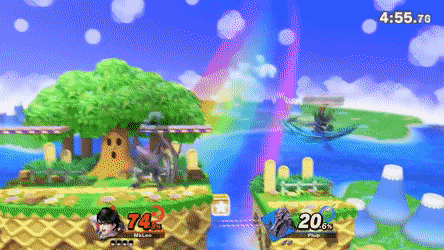
Despite what people may rage-scream into their mic while playing, or rant about on various social media sites, not every powerful move/character/tactic is something that is OP and needs to be nerfed.
In older games, such as Super Smash Bros. Melee, there is no hope for patches or anything like that; you have to like the game and the meta as it comes. Luckily, the highly-technical style of play and unique storylines make the game a strong, if niche, esport.
For many competitive games, such as League of Legends, Smite and so on, that have their developers consistently rolling out patch updates, they’re analyzing tons of data drawn from matches, while also working on balancing as they incorporate new characters and mechanics into the game. Some games, such as Super Smash Bros. Ultimate, have had competitive players come in to help balance and work the game into a proper competitive title.
Essentially, the game developers are paying attention to see what needs tweaking, which is why most of the longest-running multiplayer games have completely different metagames and tier lists than they did years ago.
Every competitive game that’s lasted for more than a few years has been due to a relentless effort to keep things balanced and interesting. As more potential esports rise up, you’ll quickly begin to notice how the ones that don’t pay close attention the balance in the meta are the fastest to fail.


